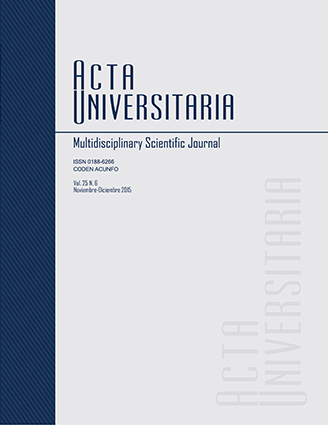Description of the average climatological (1951-2010) at Guanajuato river watershed, central Mexico
Published 2015-12-15
Keywords
- Índice climático,
- sequía,
- fisiografía,
- Mesa del Centro,
- riesgos hidrológicos.
- Climate index,
- drought,
- physiography,
- Mesa del Centro,
- hydrological risks.
How to Cite
Abstract
The spatial variation in climate of Guanajuato river basin was described and associated with surface hydrology. Mapping was developed to show the spatial distribution of mean annual magnitude of the head accumulated rainfall, air temperature, number of days with hail, fog and thunderstorms. Database of seventeen weather stations identified for Guanajuato river basin was used, covers 490 km2, seven of these are located in the interior. The used data were average climatological (1951-2010) of the Comisión Nacional del Agua (Conagua, acronym in Spanish). Conventional climate index associated with drought or aridity was also obtained. The maps show a marked swing in climatic variables. The information helps to take decisions regarding the presence and frequency of hydrological risks in the region (maximum runnoff, drought and flooding) and to support the plans of territorial and ecological planning.

